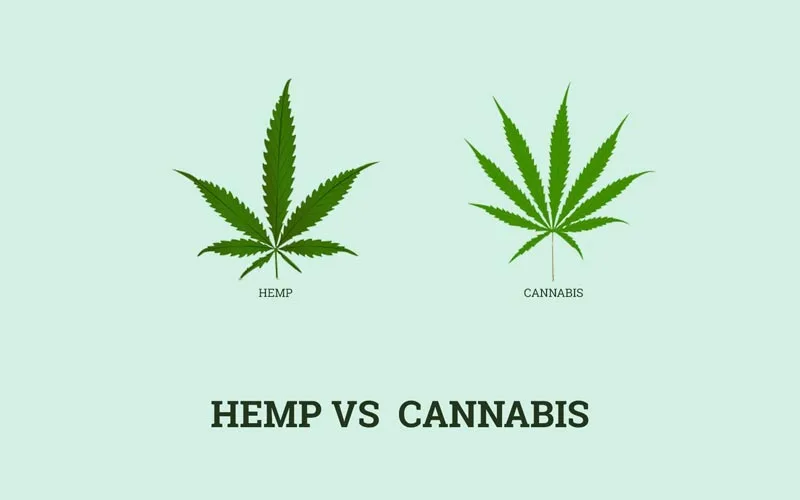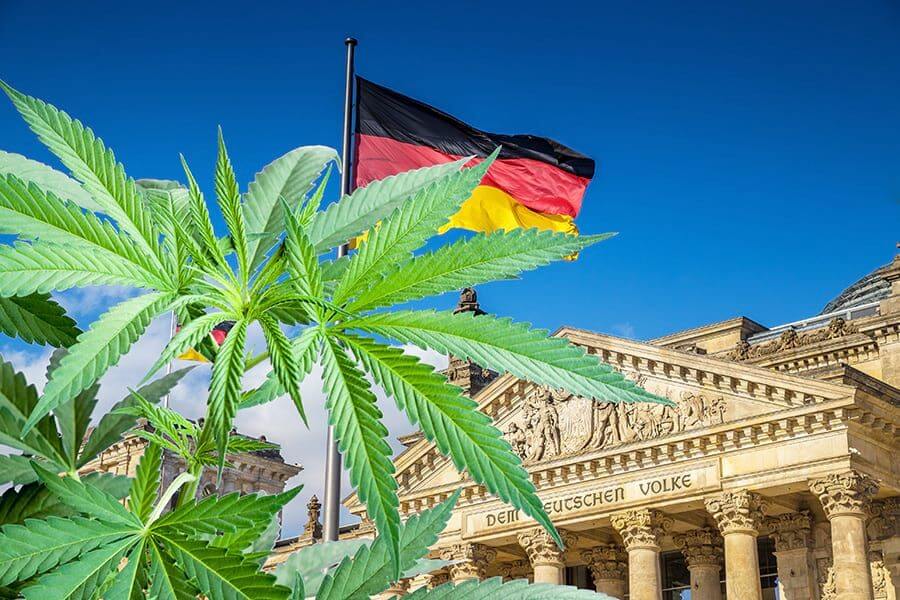
Hemp vs. Cannabis: Unveiling the Similarities Disguised by Law
At first glance, hemp and cannabis might seem like entirely different plants. One conjures images of relaxation and euphoria, while the other evokes thoughts of sustainable textiles and eco-friendly materials. However, the truth is far more intriguing. Hemp and cannabis are, in fact, the same species: Cannabis sativa. Their key differences lie in cultivation methods, legal classifications, and the resulting chemical profiles.
Origins and Classifications:
Cannabis sativa originated in Central Asia and has been cultivated for thousands of years for its fiber, seeds, and medicinal properties. The legal distinction between hemp and cannabis hinges on a single cannabinoid: tetrahydrocannabinol (THC). Hemp, by legal definition (at least in the US), contains less than 0.3% THC, while cannabis exceeds this threshold. This seemingly small difference is responsible for the vast variation in effects.
Planting and Cultivation:
Both hemp and marijuana thrive in warm climates with moderate rainfall. However, cultivation methods diverge significantly. Hemp cultivation prioritizes stalk growth for fiber production. Plants are typically spaced closely, which discourages flower development – the primary source of THC in cannabis. Conversely, cannabis growers cultivate plants further apart and often manipulate light cycles to maximize flower production, leading to higher THC concentrations.
A World of Uses:
Hemp’s strength and versatility make it a valuable resource. Its fibers are used to create sustainable textiles, clothing, construction materials, and even bioplastics. Hemp seeds are a nutritional powerhouse, rich in protein and healthy fats. The oil extracted from the seeds finds applications in cosmetics, food products, and industrial lubricants.
Cannabis, on the other hand, is primarily known for its psychoactive effects. The THC in its flowers is responsible for the “high” associated with cannabisuse. However, cannabis also contains other cannabinoids (over a hundred), like cannabidiol (CBD), which hold promise for various medical applications, including pain management, anxiety relief, epilepsy treatment and shows promissing results for cancer-therapy.
The Future Outlook:
The outlook for both hemp and cannabis is positive. As research into the potential benefits of hemp expands, its applications in various industries are expected to grow. The legalization of cannabis for recreational or medicinal purposes in many regions is also fostering a more open discussion about the therapeutic potential of the plant.
Beyond Specificity:
While the legal definitions, cultivation practices, and final products differ, it’s crucial to remember that hemp and cannabis share the same genetic makeup. The way we nurture and cultivate this versatile plant shapes its chemical profile and ultimately determines its classification and use.
In Conclusion:
Hemp and cannabis are not separate species; they are two sides of the same coin. By understanding the impact of cultivation methods on the chemical composition of Cannabis sativa, we unlock the vast potential of this remarkable plant for a sustainable future and the exploration of its therapeutic applications.

